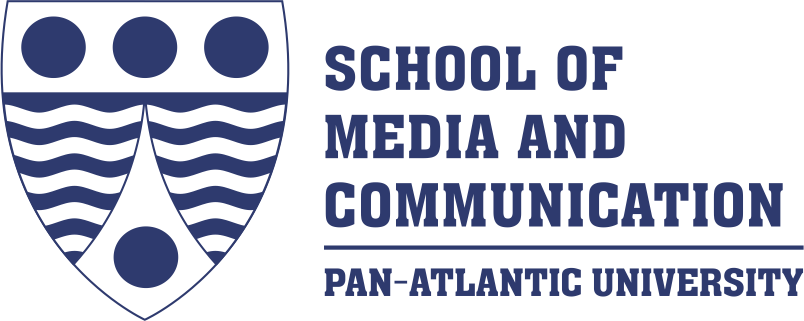Introduction
In today’s knowledge economy, communication has become a key issue in successful leadership of organisations and nation state. Wars are fought, won or lost via communication. It is a very critical tool in selling the organisation’s vision and mission to both internal and external publics.
What makes communication strategic is when it is consistent with the organisation’s vision, mission, and values as well as when it is able to improve or enhance the organisation’s strategic positioning and global competitiveness. To survive and thrive in this highly uncertain and competitive business environment requires that organisations engage in purposeful communication. The increasing complexity of the knowledge economy has challenged the capacity for organisations to engage in long-term strategic planning.
The key questions to explore therefore is the extent to which professional communicators within organisations are a part of strategy formulations, the degree to which communications are aligned with organisational strategy, the effectiveness of communication strategies and campaigns, as well as the role of organisations and stakeholders in the society.
How individuals and organisations use communication and media to negotiate their role in highly mediated societies is very important as well as the nature of communication between an organisation and its external audiences.
This programme has been designed to teach participants the ways in which organisations use public relations, marketing communication, advertising, persuasion and public theory, and communication campaigns to communicate in order to accomplish a goal.
Learning Objectives
The objectives of this program are as follows:
- How to use the various components of strategic communication to enhance organisation’s competitiveness
- Strategic management roles in organisations communication
- To communicate purposefully and prevent contradictory, confusing messaging to different groups across all media platforms
- Effectively communicate strategy implementation
For Whom:
- Human resource managers
- Corporate communication managers
- Departmental Heads
- Group Heads
- Senior Management staff of organisations
Duration:
September 23 – 25, 2025
Cost:
₦385,000
